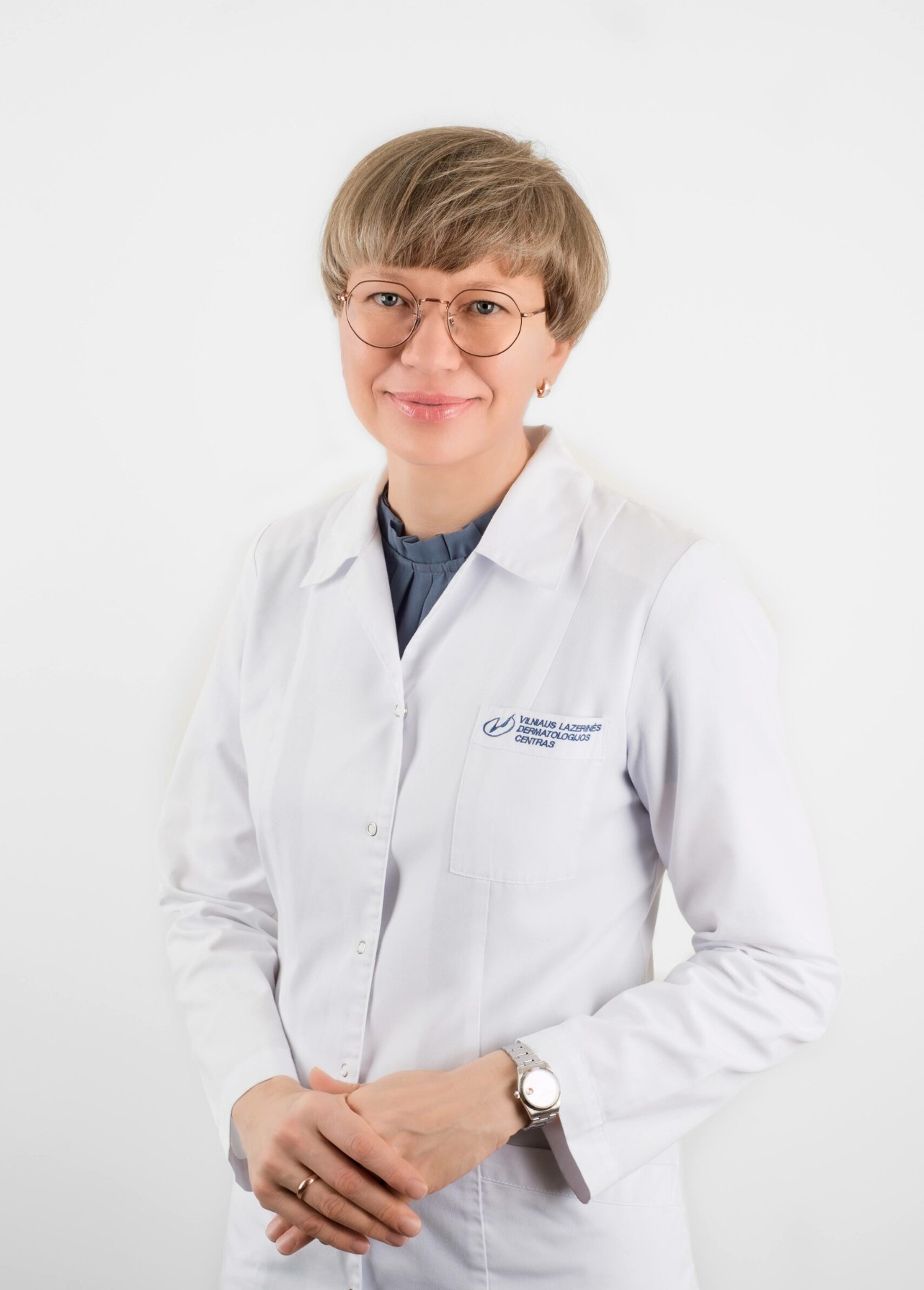The Laser Dermatology Centre uses the world’s most advanced non-invasive method of examining pigmented lesions of the skin – siascopy – which has been recognised by scientists worldwide for early diagnosis of melanoma.
Siascopy (spectrophotometric intracutaneous analysis) is a modern, non-invasive (and therefore painless), rapid method of examining pigmented skin formations, based on the interaction of light waves of different wavelengths with the chromophores (melanin, haemoglobin and collagen) present in skin. This method assesses skin changes as deep as 2 mm.
Early diagnosis of melanoma is an essential tool for reducing morbidity and mortality from this disease. However, there are many other pigmented skin lesions from which to distinguish this aggressive form of skin cancer. The application of dermatoscopy in clinical practice has considerably improved the situation for early diagnosis of melanoma, but still not enough. The search for new, more accurate methods for the examination of pigmented skin lesions has therefore been launched.
The skin and its structures absorb and/or reflect light differently and different molecules interact with different wavelengths of light. In siascopy, the amount, distribution and localisation of melanin, haemoglobin, collagen (in the epidermis or slightly deeper in the dermis) are determined. The colour images obtained are correlated with the histological characteristics of the lesion. The siascope examination therefore helps to predict the risk of malignancy of a particular lesion, which is then used to select the method of removal.
Siascopy assesses the parameters of the lesion:
 | General dermatoscopic view of the skin lesion – colour, edges, borders, size, asymmetry, structural features, etc. |
 | Melanin. Darker areas have higher concentrations of melanin and lighter areas have lower concentrations. |
 | Dermal melanin. This is a pigment found in the deeper layers of the skin. If the pigment is absent, the test shows a white colour. The green, blue, red and black areas represent melanin deposits in the actual skin (dermis), i.e. the deeper layers of pigment. |
 | Haemoglobin. Higher concentrations of haemoglobin are found in the brighter areas and lower concentrations in the lighter, paler areas. |
 | Collagen. Higher collagen deposits are reflected in the lighter areas of the formation. Areas low in collagen are visible as dark areas. |
 | Siascope can also be used to reproduce a three-dimensional image of the lesion down to a skin depth of 2 mm. This helps to further assess the architectural features of the lesion. |
General dermatoscopic view of the skin lesion – colour, edges, borders, size, asymmetry, structural features, etc.
Melanin. Darker areas have higher concentrations of melanin and lighter areas have lower concentrations.
Dermal melanin. This is a pigment found in the deeper layers of the skin. If the pigment is absent, the test shows a white colour. The green, blue, red and black areas represent melanin deposits in the actual skin (dermis), i.e. the deeper layers of pigment.
Haemoglobin. Higher concentrations of haemoglobin are found in the brighter areas and lower concentrations in the lighter, paler areas.
Collagen. Higher collagen deposits are reflected in the lighter areas of the formation. Areas low in collagen are visible as dark areas.
Siascope can also reproduce a three-dimensional image of the lesion down to a skin depth of 2 mm. This helps to further assess the architectural features of the lesion.
With siascopy, moles are examined quickly and painlessly. This examination method does not require any additional interventions or preparation. The doctor attaches a special device – a siascanner – to the mole. After a few seconds, the internal structure of the pigmented formation is visible on the monitor, covering a depth of up to 2 mm.
The sensitivity of siascopy in diagnosing melanoma is up to 90%, which is the best in Lithuania today. No other non-invasive method of examining pigmented skin lesions used in Lithuania can detect the internal structure of pigmented skin lesions with such precision (and depth).
In addition, siascopy images can be stored in a special database if required by the patient. This facilitates follow-up examinations, as the evolution of the lesion over time can be evaluated and the overall image and specific parameters of the same lesion can be compared with each other.
Vilnius Laser Centre was the first in Lithuania to offer siascope examination of nevi and other skin lesions.





